Arthritis can have a significant impact on quality of life and its prevalence is much more prominent than people may think. Roughly 53 million U.S. adults have been diagnosed with arthritis, so if you’ve just recently been faced with a diagnosis know that you’re not alone. This common condition causes pain and inflammation in a joint, with no current cure. You shouldn’t be disheartened though as treatments can reduce the symptoms. Symptoms of arthritis can be eased through the likes of exercise, physiotherapy, or medicines. A non-invasive, accessible, and more convenient alternative treatment is red light therapy (aka. photobiomodulation). Arthritis and red light therapy go hand in hand as this form of treatment can help you overcome the symptoms that are most prevalent with the condition.
Red light therapy is a non-invasive treatment that uses low-level light therapy to alleviate painful symptoms of arthritis. By emitting red and near-infrared light wavelengths that penetrate deep into the connective tissue and joints, this therapy can reduce inflammation and stimulate tissue regeneration. As a result, patients can experience improved range of motion, reduced pain and swelling, and an overall improvement in joint function. From degenerative osteoarthritis to inflammatory rheumatoid arthritis, red light therapy has demonstrated its effectiveness in clinical studies and trials. It’s completely safe and has minimal side effects, making it a more preferable option for many (especially elderly patients). While some patients may experience immediate relief after the first few sessions, it’s important to remember that the therapy works at a cellular level and often requires consistent and frequent treatment sessions to achieve the desired results. However, the benefits are worth it, and many patients report significant improvement in their arthritis symptoms Scientific studies confirm that Red Light Therapy is highly effective for relieving the symptoms associated with arthritis, including OA and RA, making Red Light Therapy ideally suited for treating this disease. With Red Light Therapy (a/k/a LLLT), “Fast acting pain relief occurs within minutes of application…” And, “According to the more than 4000 studies on medicare, it can be concluded that the majority of laboratory and clinical studies have demonstrated that LLLT has a positive effect on acute and chronic musculoskeletal pain.” And compared to pharmaceuticals, “The positive effect from LLLT seems to last longer than those of widely recommended painkiller drugs.” · “One of the most reproducible effects of PBM is an overall reduction in inflammation, which is particularly important for disorders of the joints…” Also, “LLLT is a promising treatment for RA given its non-invasive nature and anti-inflammatory effects.”
Scientific studies confirm that Red Light Therapy is highly effective for relieving the symptoms associated with arthritis, including OA and RA, making Red Light Therapy ideally suited for treating this disease. With Red Light Therapy (a/k/a LLLT), “Fast acting pain relief occurs within minutes of application…” And, “According to the more than 4000 studies on medicare, it can be concluded that the majority of laboratory and clinical studies have demonstrated that LLLT has a positive effect on acute and chronic musculoskeletal pain.” And compared to pharmaceuticals, “The positive effect from LLLT seems to last longer than those of widely recommended painkiller drugs.” · “One of the most reproducible effects of PBM is an overall reduction in inflammation, which is particularly important for disorders of the joints…” Also, “LLLT is a promising treatment for RA given its non-invasive nature and anti-inflammatory effects.”
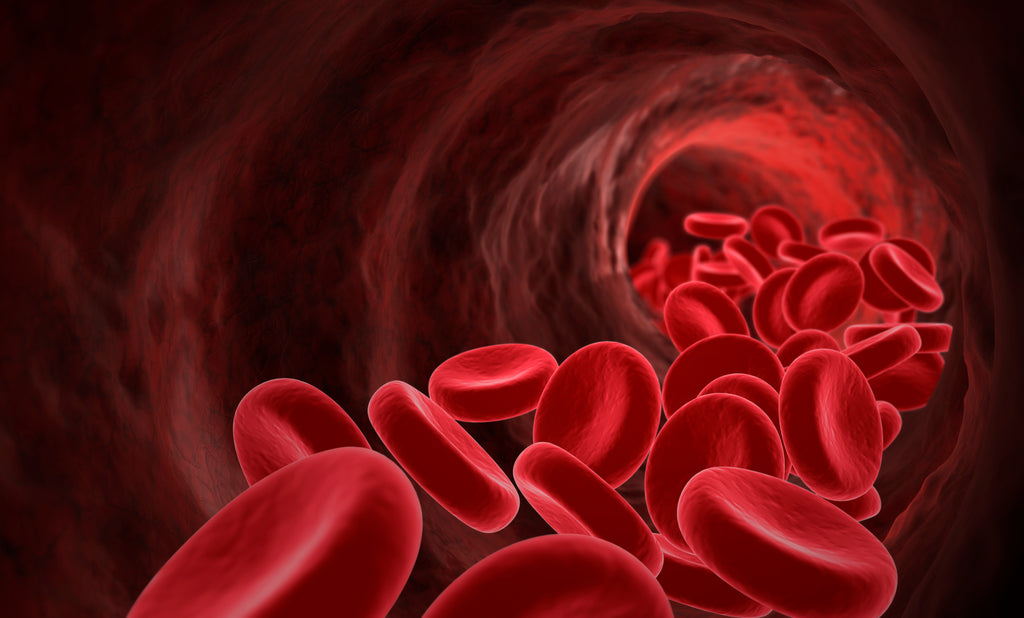
Unlike drugs, red light therapy for arthritis can help repair, restore, and regenerate the connective tissues surrounding joints, which is crucial for combating the degenerative effects of arthritis. Red Light Therapy (PBMT) has been found “…to have profound biological effects on tissue including increased cell proliferation, accelerating the healing process, promoting tissue regeneration, preventing cell death, anti-inflammatory activity and relief of pain.” · Red Light Therapy can truly benefit those suffering from arthritis because, “These low doses of light have demonstrated the ability to heal skin, nerves, tendons, cartilage and bones.” As infra-red light penetrates deeply into tissues and joints, Red Light Therapy can be depended upon to relieve joint stiffness, which in turn improves joint mobility. Red Light Therapy devices have received FDA clearance for relieving the aches and stiffness caused by arthritis.
Lucie Brosseau, MSc, PhD and other researchers conducted a systematic review of red light therapy’s effects on rheumatoid arthritis (RA). They looked at five placebo-controlled, clinical trials that involved 222 RA patients. These researchers found low-level laser therapy to have reduced RA pain by 70% compared to the control. A clinical trial published in Journal of the American Geriatrics Society looked at 50 patients with knee osteoarthritis. These elderly patients self-applied low-power light therapy on both sides of their knees for 15 minutes twice a day. After 10 days, the patients who received red or near-infrared light reported a 50% reduction in pain. What’s more, these pain relief benefits lasted! Those that received red and near-infrared light therapy requested re-treatment in 4.2 and 6.1 months, respectively. Those that received the placebo treatment requested re-treatment in just 0.5 months. That’s 8-12x longer pain relief after using narrow-band light therapy!
Red light therapy utilizes specific wavelengths of light to penetrate the skin and stimulate cellular function. When these wavelengths reach the knee area, they can help reduce inflammation and promote healing. This is particularly beneficial for those suffering from rheumatoid arthritis or osteoarthritis. The therapy is non-invasive, making it an attractive alternative for individuals who wish to avoid more invasive procedures like injections or surgeries. By enhancing circulation, red light therapy can increase oxygen and nutrient delivery to the joint, potentially speeding up the recovery process.
Imagine waking up and feeling less stiffness and pain, ready to take on the day with more ease. One of the key benefits of red light therapy is its anti-inflammatory effects. The therapy modulates cytokine levels, reducing inflammation and swelling in the joints. This can lead to fewer flare-ups and a significant decrease in joint swelling, making life a lot more comfortable. Arthritis is a widespread condition that can severely impact one's quality of life through chronic pain, reduced mobility, inflammation, joint deformities, and emotional distress. Red light therapy offers a promising, non-invasive solution for managing these symptoms. It helps alleviate pain, reduce inflammation, and improve joint function, making it a valuable addition to arthritis treatment.
PBM promotes cell activity and functional normalization by regulating a number of cellular responses, including promoting mitochondrial ATP production, releasing intracellular nitric oxide (NO), and regulating immune cell secretion of inflammatory cytokines such as TNFα, IL-6, and IL-β. PBM exerts its therapeutic effects on arthritis through five key mechanisms: regulation of angiogenesis, stimulation of ATP production in cells, modulation of arthritis-related genes, regulation of the secretion of joint-related enzymes, and modulation of the expression of cytokines, including both pro-inflammatory and anti-inflammatory factors. These mechanisms collectively contribute to the efficacy of PBM treatment for arthritis. The regulation of angiogenesis helps reduce the infiltration of inflammatory cells and promotes increased blood flow, aiding in the management of arthritis.
From a Bontanny customer: I have had chronic knee pain due primarily to arthritis...I purchased the Red light therapy device & am so glad I did! I use it daily & my knee is greatly improved. Red light and near-infrared have actually been used in the clinical treatment of arthritis since the late 1980s. There have been hundreds of clinical studies looking to determine the parameters of effectiveness. With over 40 years of research, enough scientific data has been collected to recommend it for all arthritis sufferers no matter the cause or severity.

Frequently Asked Questions (FAQ)
1. How often should I use red light therapy for arthritis?
There isn’t a one-size-fits-all answer, as it depends on your condition’s severity and your response to the treatment. A good starting point is 10 to 15-minute sessions, 3-4 times a week. Once you notice improvement, you might increase to daily use or taper off to a maintenance schedule of a few times weekly. Consistency is key, so stick with it even after symptoms ease.
2. Can red light therapy cure arthritis?
No, red light therapy doesn’t cure arthritis, as there’s no known cure for the condition. However, it can dramatically reduce symptoms like pain, stiffness, and inflammation, improving your quality of life. It works by supporting your body’s natural healing processes, not by eliminating the underlying disease.
3. Is red light therapy safe for everyone with arthritis?
Generally, yes—it’s non-invasive and has minimal side effects. That said, if you’re sensitive to light, pregnant, or have a history of skin cancer or eye issues, check with your doctor first. It’s a low-risk option, but individual health factors matter.
4. How long does it take to see results?
Some people feel relief after just a few sessions, even within minutes of application. For others, it might take weeks of consistent use to notice significant changes, since it works at a cellular level. Patience pays off—most studies show benefits build over time with regular treatment.
5. Do I need a professional device, or can I use an at-home one?
At-home devices can be very effective, especially FDA-cleared ones designed for arthritis relief. Professional setups might offer stronger light or broader coverage, but portable home options are convenient and often sufficient for managing symptoms. Look for devices with wavelengths between 600-1000 nm for the best results.

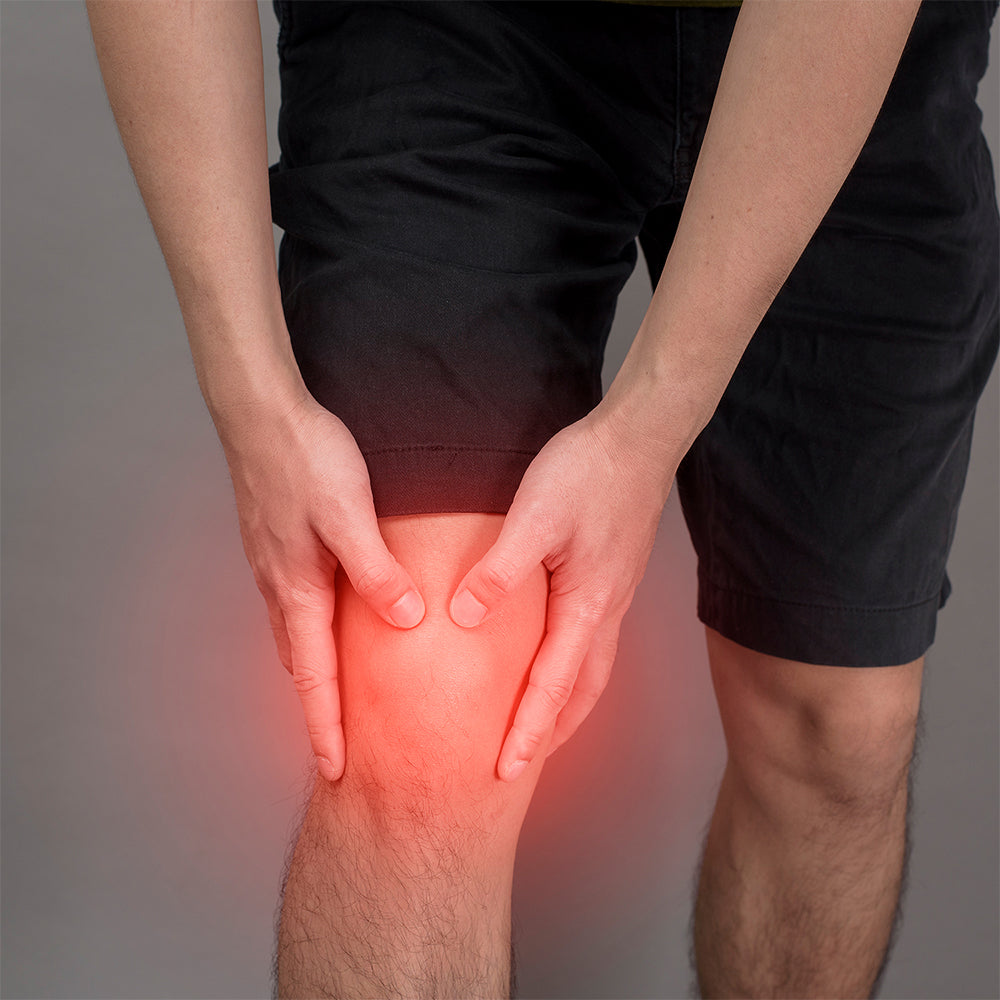
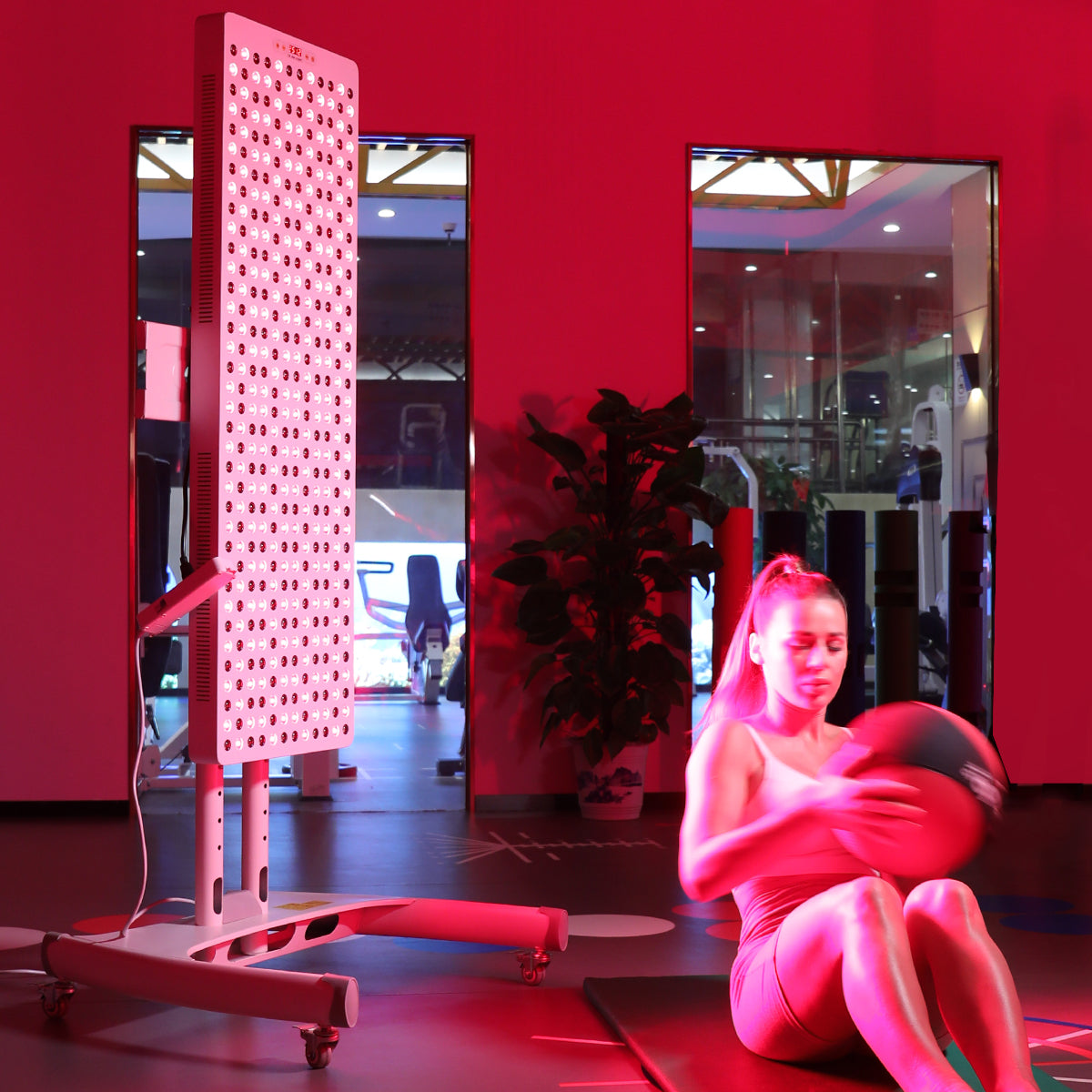

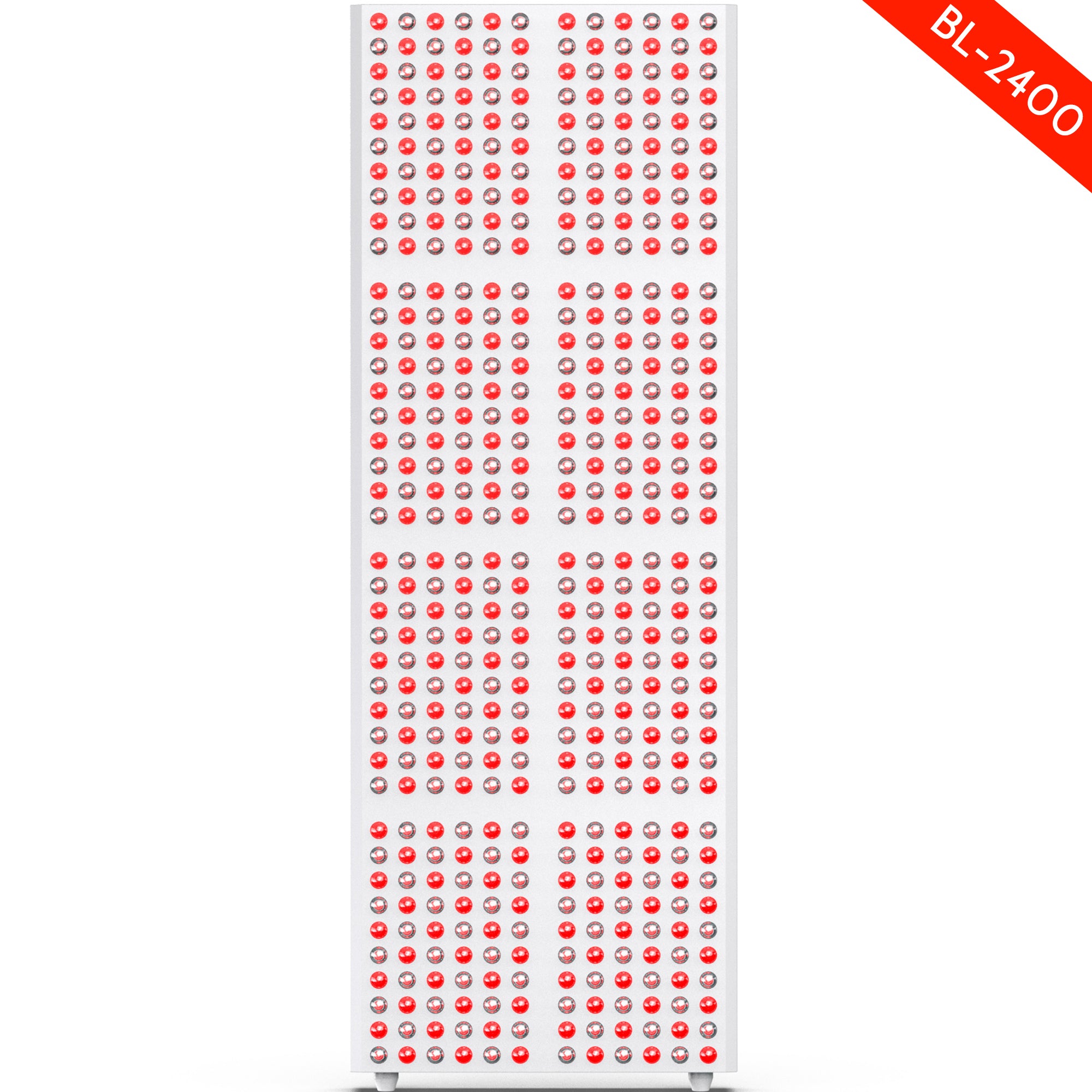
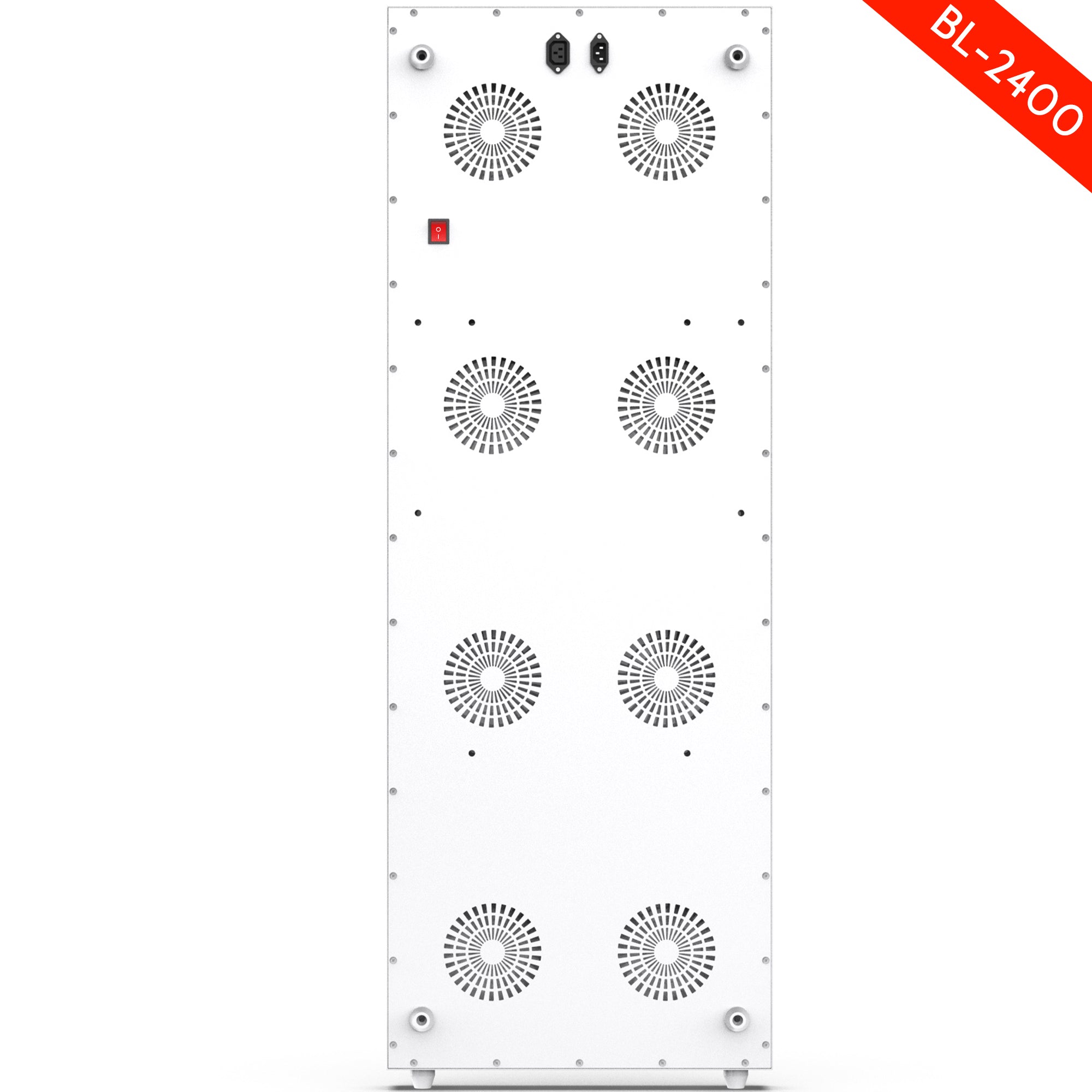
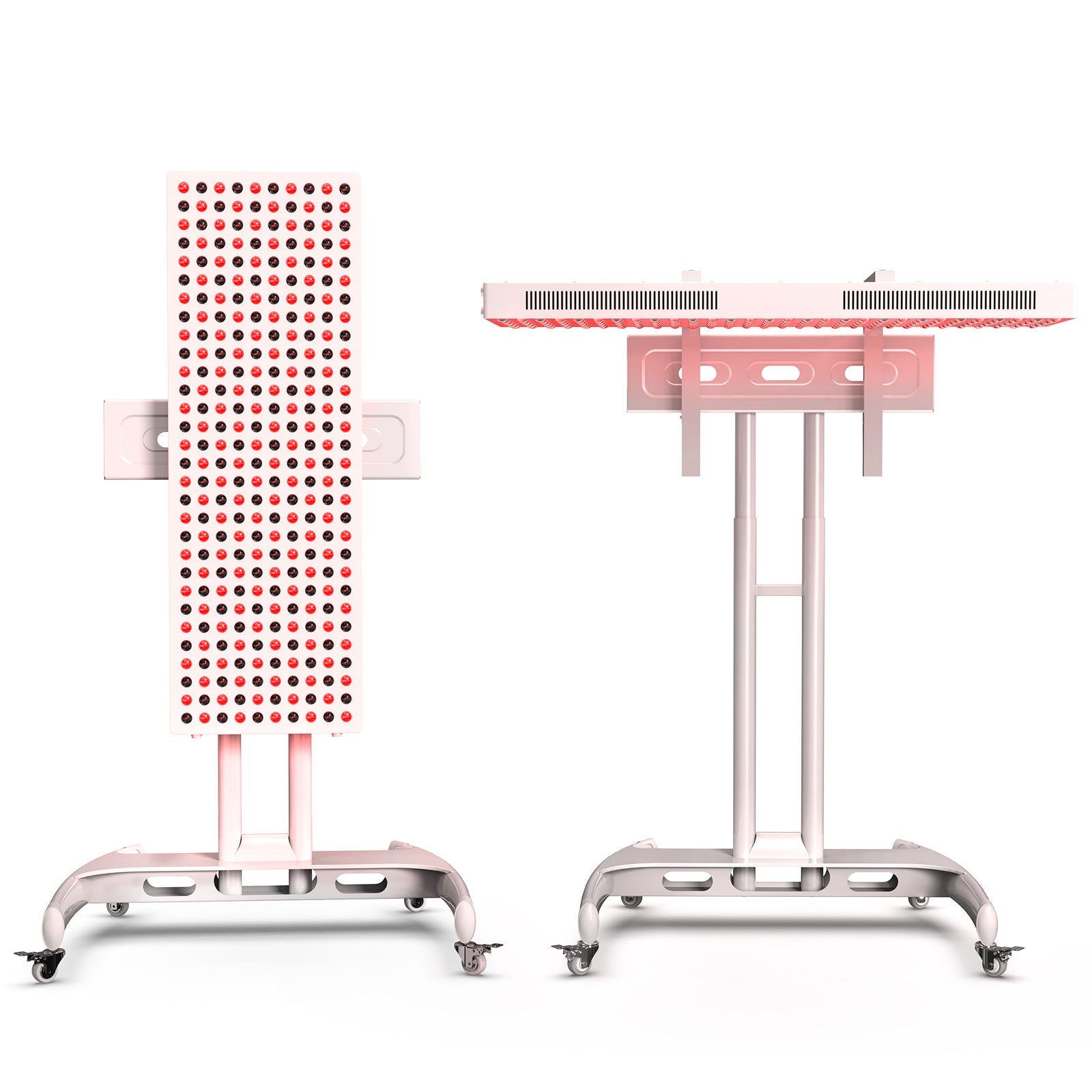
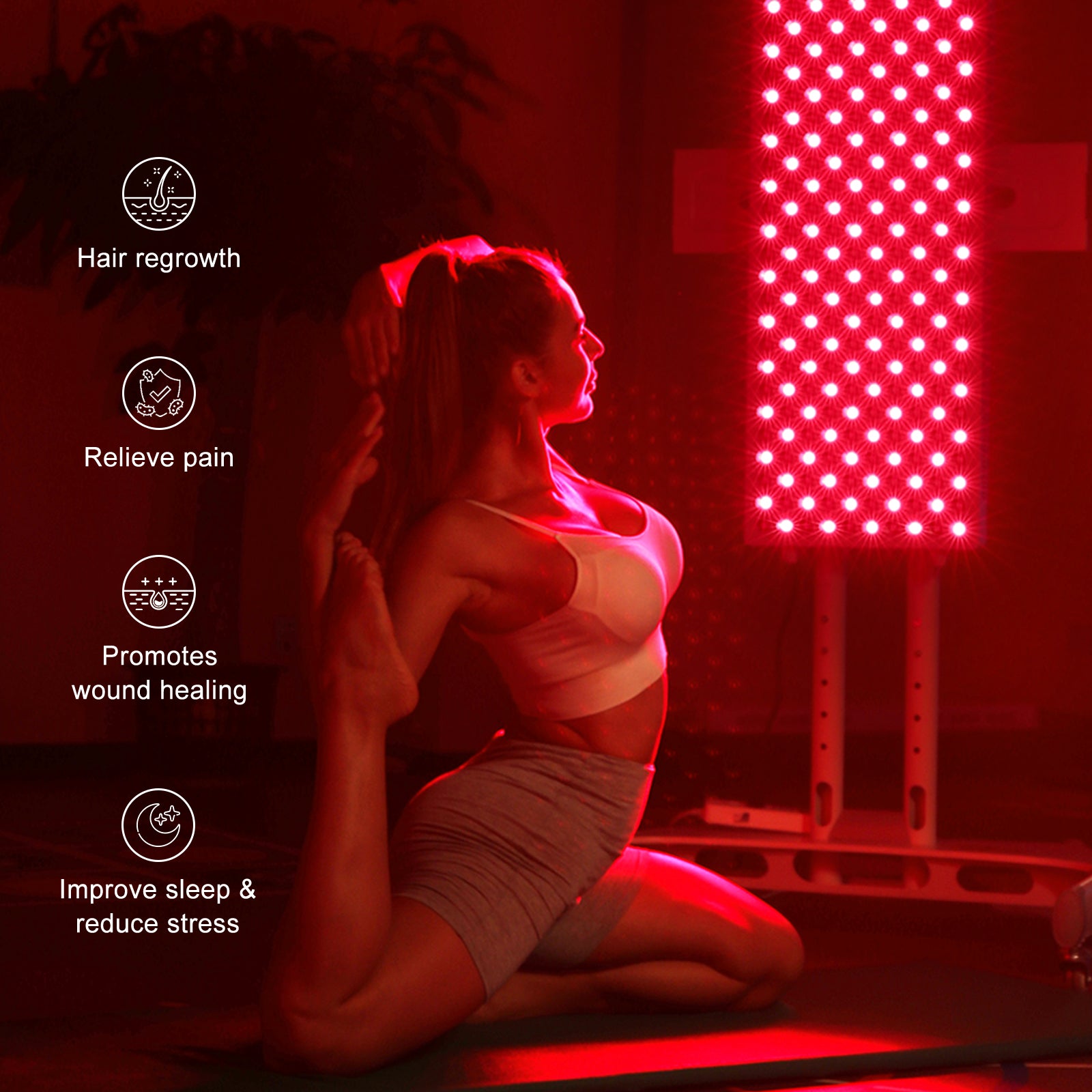
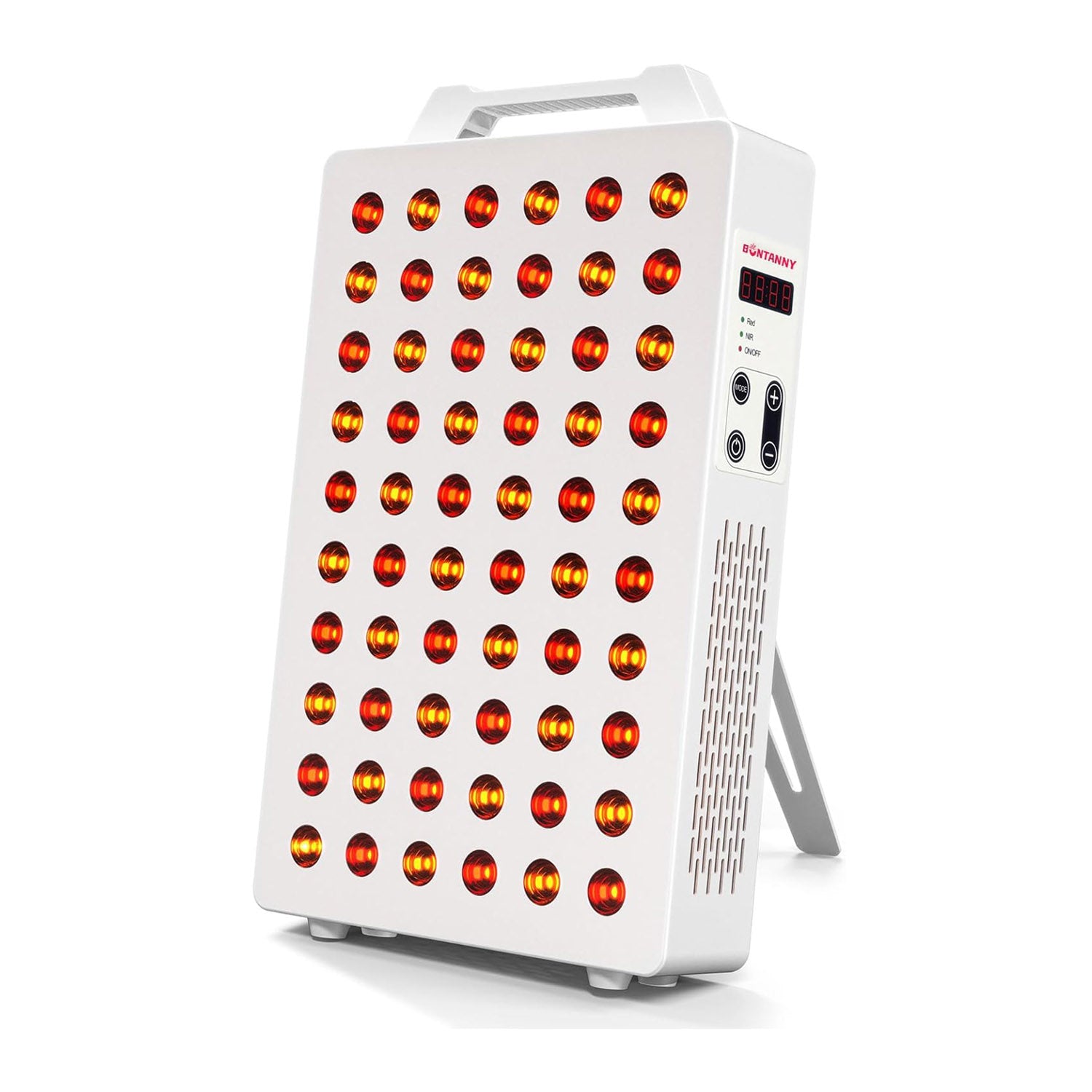
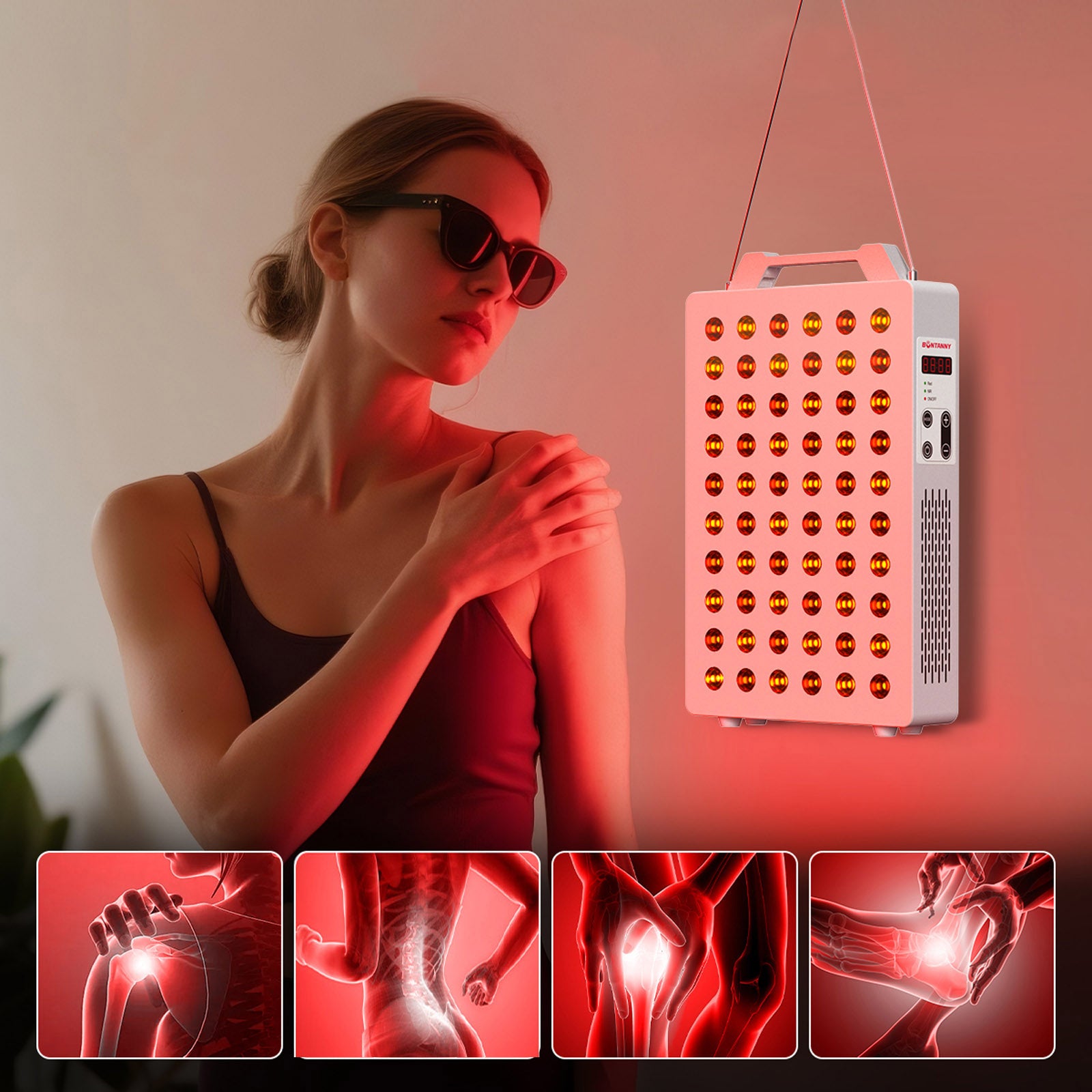
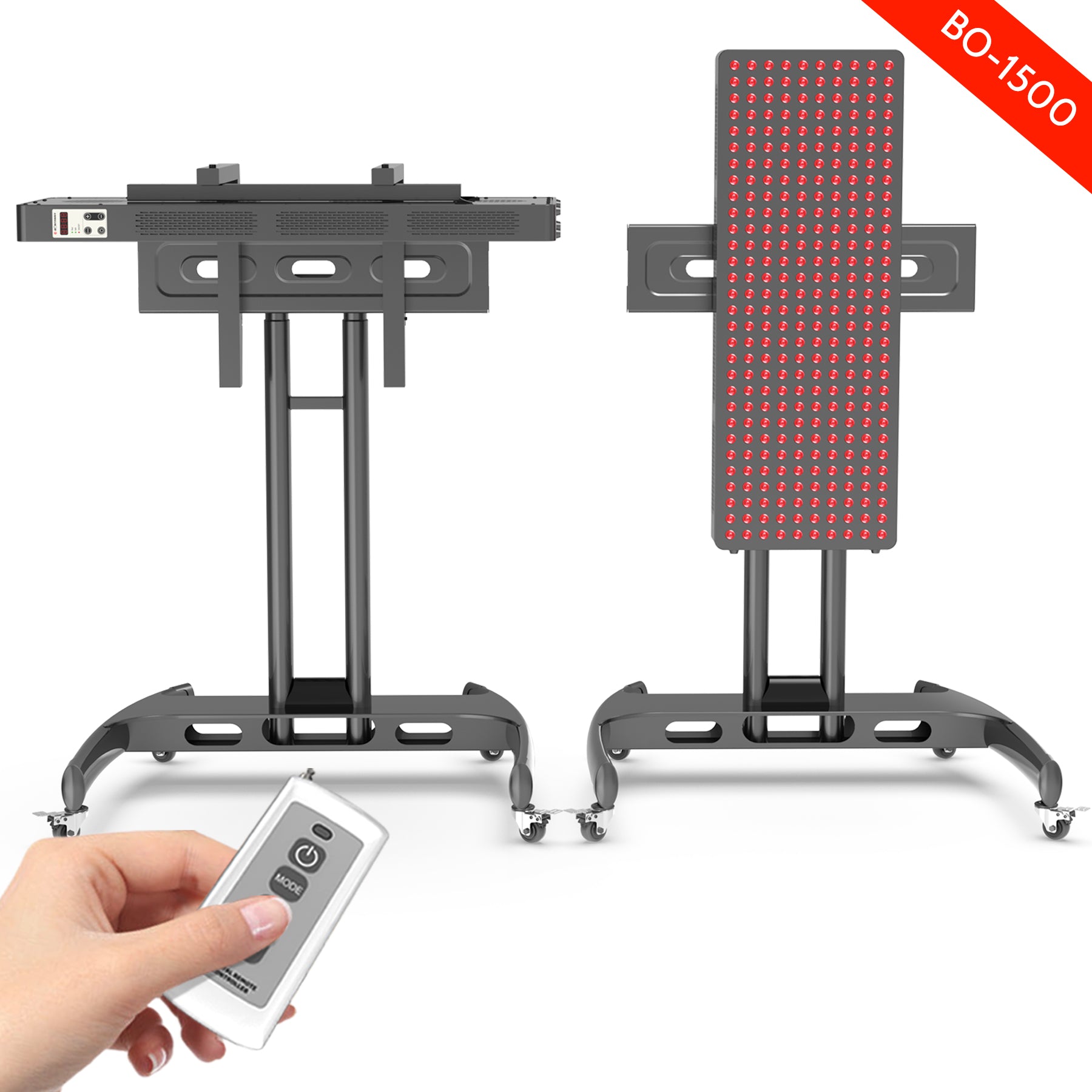
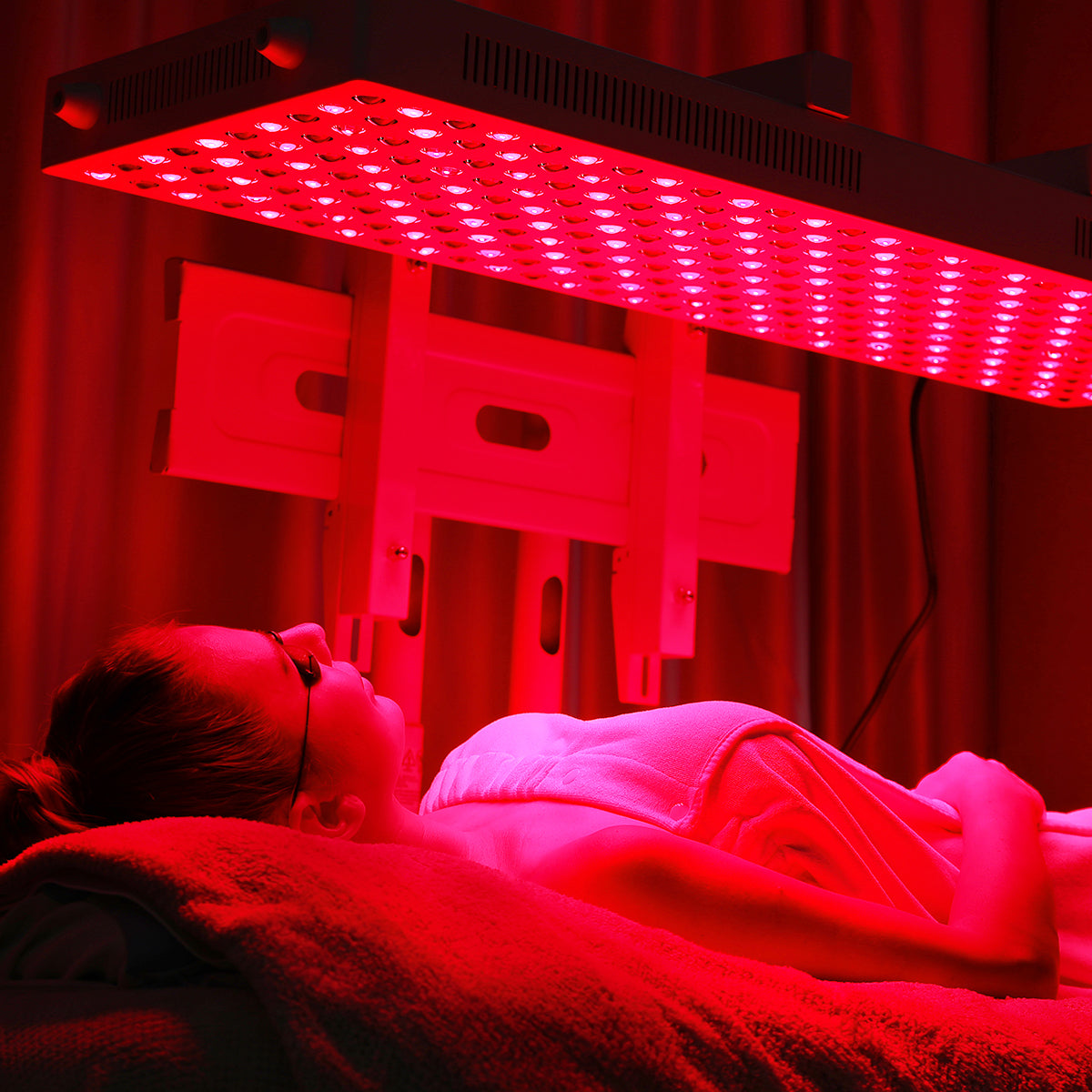
Leave a comment
This site is protected by hCaptcha and the hCaptcha Privacy Policy and Terms of Service apply.